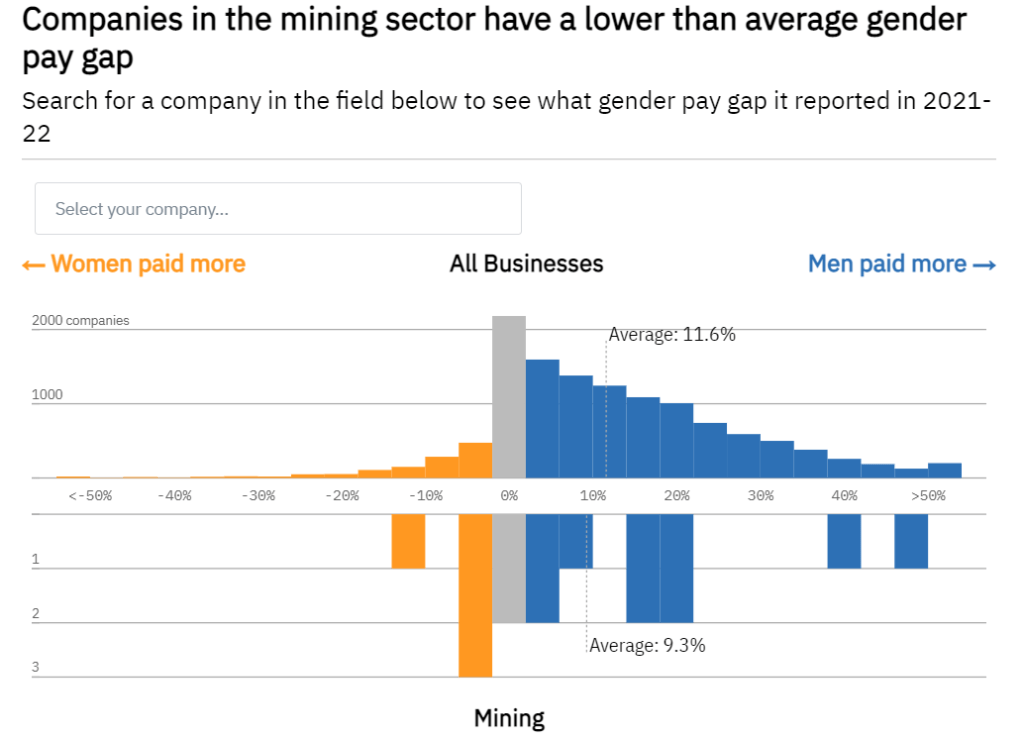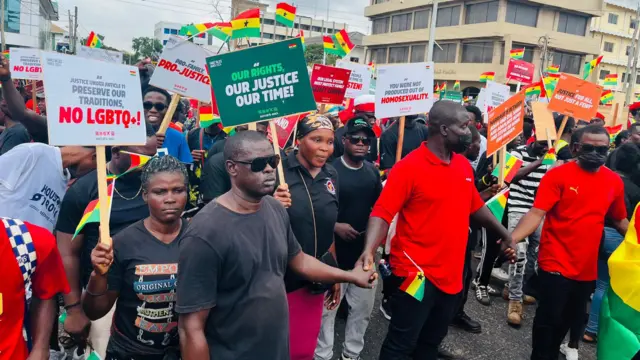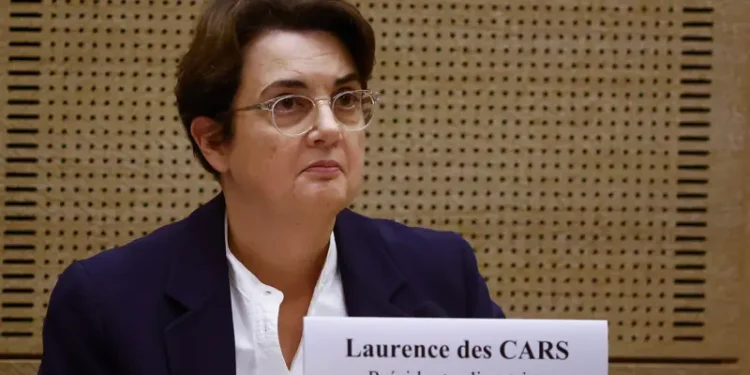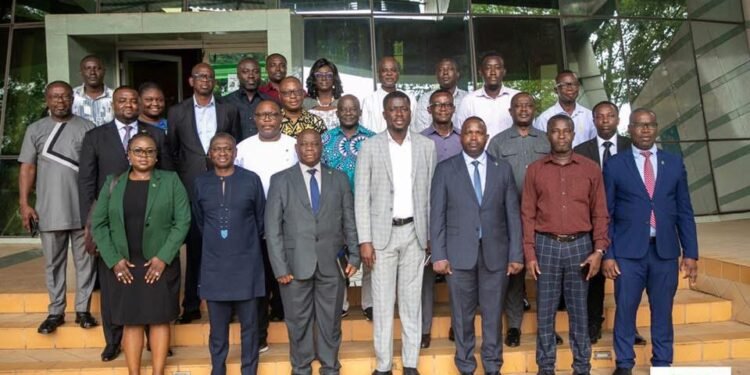Some 66.7 per cent in Britain’s mining industry pay their male employees more than their female staff, according to an analysis conducted by Mining Technology.
The analysis was aimed at assessing the extent of the gender pay gap in the mining industry in Britain and who the worst offenders are. The team involved in the analysis said, “We analysed tens of thousands of official records to find out which companies are at the bottom of the ranks.”
According to data collated from company reports in the UK, with a headcount of 250 employees or more, five of the 15 companies that have reported their pay figures had a higher women’s median hourly pay than men.
Across the mining sector, the median hourly pay for male employees was 9 per cent higher than that of females. This puts the mining industry below the national average of 11.6 per cent, the analysis showed.

That said, it would be problematic to conclude that a high gender pay gap necessarily imply that women are paid less for the same jobs. This is because, such is considered illegal under the UK’s Equal Pay Act of 1970. Instead, it may suggest that men tend to dominate the top-paying jobs within companies.
Top-Paying Jobs in the Mining Sector
Given the statistics, women working in the sector consisted of 11.1 per cent of the top-paying jobs in the industry, with the rest of the top-paying jobs (88.9%) occupied by men. On the other end of the pay scale, women occupied 19.6 per cent of the lowest-paid jobs in mining industry. On average, however, women received 32.9 per cent less in bonuses compared to their male workers.
Among companies in the mining industry, Walters Resources had the biggest difference in median hourly pay, with women earning 49.9 per cent less than men. That means for each £1 earned by men in the company, women earned £0.5. It was followed by Anglo American Crop Nutrients with a pay gap of 40.1 per cent and Hanson Quarry Products Europe with 21.3 per cent.
At the other end, Brett Aggregates paid women 11.7 per cent more than men for each hour worked, followed by Northstone, which paid women 4.7 per cent more and FP McCann, which paid women 3 per cent more.
According to Mining Technology, “The gender pay gap in mining industry has increased in the 2021-2022 reporting year compared to the year before. However, the gap has increased compared to 2017-2018, when figures were first published.”
It is also worthy to note that while the figures are a good indication of the state of the industry, they should not necessarily be taken at face value, Mining Technology said, adding that, “…many companies report a gender pay gap of zero, which is statistically improbable.”
“A minority of companies also reported a gender pay gap of 100 per cent, which might indicate they have no female employees at all. Because companies are only compelled to disclose summary statistics, the figures cannot be verified.”
Mining Technology
READ ALSO: Come With Specifics- Dr Okoe Boye on Suggestions to Review Free SHS























